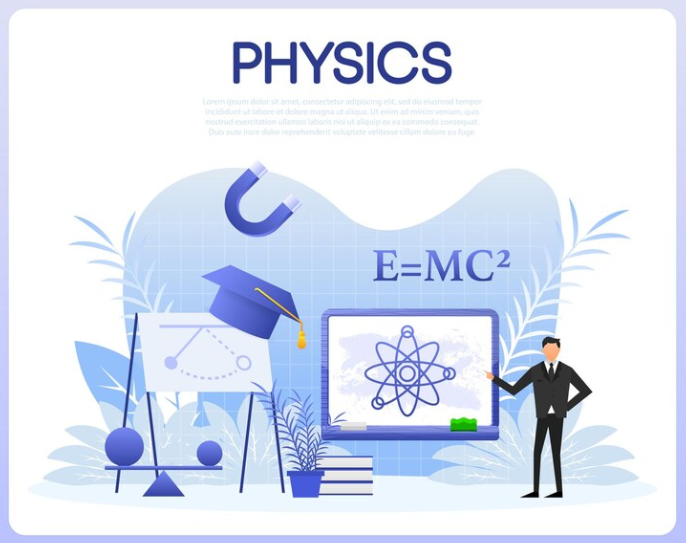

































































































































Unit 7: Torque and Rotational Motion
Unit 7: Torque and Rotational Motion in AP Physics 1 focuses on the principles governing rotational dynamics, emphasizing the parallels between linear and rotational motion.
Key concepts include:
Torque (
𝜏
τ): The rotational equivalent of force, calculated as
𝜏
=
𝑟
𝐹
sin
𝜃
τ=rFsinθ, where
𝑟
r is the lever arm,
𝐹
F is the force, and
𝜃
θ is the angle between them.
Rotational Kinematics: Angular displacement, velocity, and acceleration, with equations analogous to linear motion.
Moment of Inertia (
𝐼
I): The rotational equivalent of mass, determining how an object resists changes to its rotational motion.
Newton’s Second Law for Rotation:
𝜏
=
𝐼
𝛼
τ=Iα, where
𝛼
α is angular acceleration.
Conservation of Angular Momentum: In a closed system with no external torque, angular momentum (
𝐿
=
𝐼
𝜔
L=Iω) remains constant.
Energy in Rotational Motion: The sum of rotational kinetic energy (
𝐾
𝐸
rot
=
1
2
𝐼
𝜔
2
KE
rot
=
2
1
Iω
2
) and potential energy in systems.


Unit 7 Overview: Torque and Rotational Motion


7.2 Torque and Angular Acceleration


7.3 Angular Momentum and Torque

